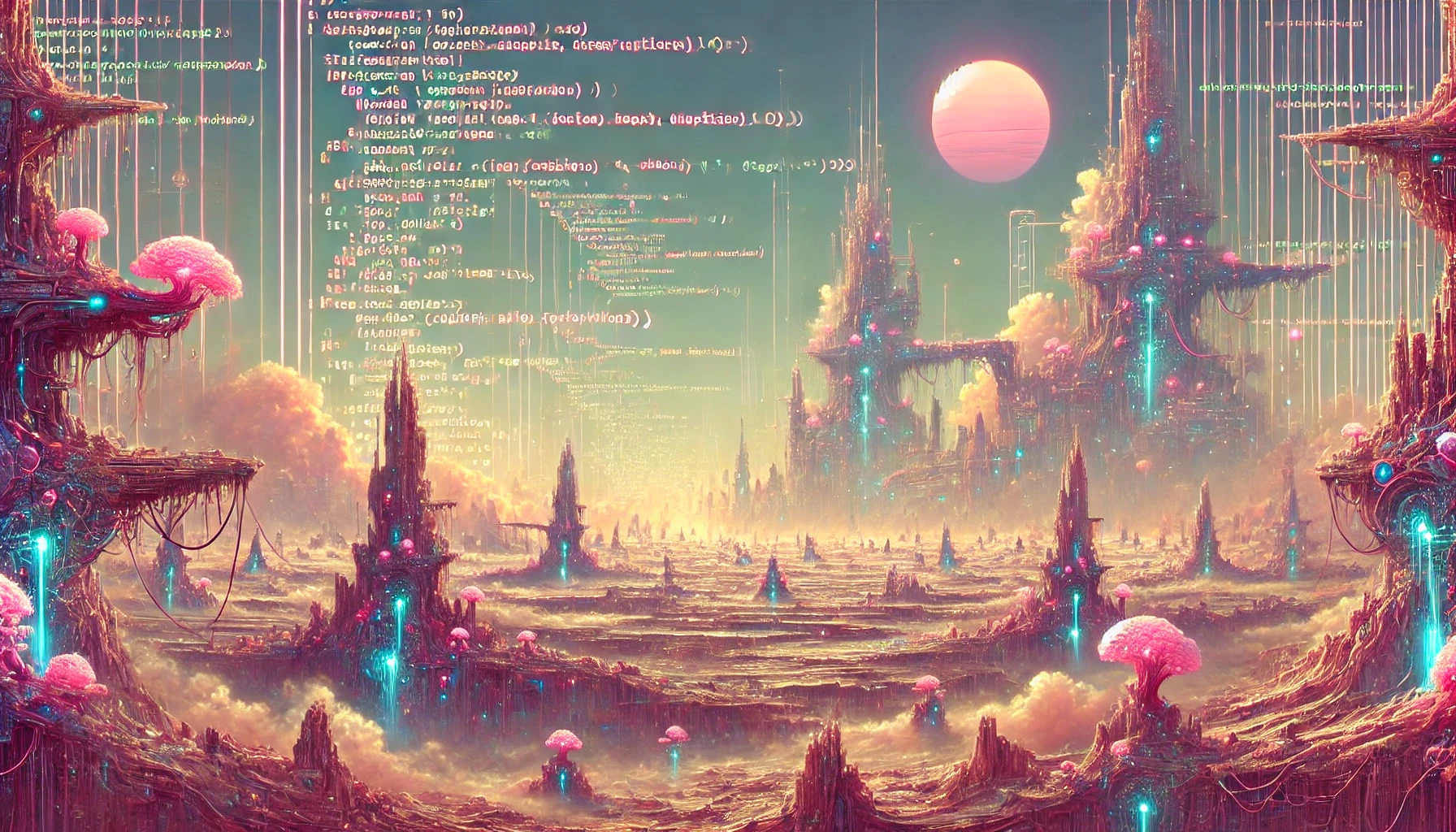GitHub Monaspace Fonts
Table of Contents

I've always been a bit of a font nerd. Especially once more fixed width coding fonts came out like Consolas, but even more now that we have things like ligatures, nerd fonts, powerline fonts, etc.
The latest I've been using is a series of fonts from GitHub called Monaspace, one of which (Neon) I'm using for this site.
Ligatures
Monaspace fonts support a wide range of ligatures that improve code readability. Here are some examples:
<-- ->> <<- -> <- <--> => <=> <==> ==> <== >>= =<< -- := =:= == === !== != <= >= // /** /* */ && .& || !! :: >> << ¯\_(ツ)_/¯ __ ___ .. ... ~- -~ &= <|> {| |} #[ #( ;;; @_Monaspace fonts also handle similar-looking characters with better differentiation:
- SIMILAR = "oO08 iIlL1 g9qCGQ"
- DIACRITICS_ETC = "â é ù ï ø ç à Ē Æ œ"
Nerd Fonts
Included with the new 1.200 release. Some examples:
main !1 ?1
Using on web pages
This is common for serving any web font, but was something new for me - so adding here for reference.
Step 1: Download the Monaspace Font Files
You can download the Monaspace font files from GitHub's Monaspace repository or another trusted source. The font files typically come in formats like .woff, .woff2, .ttf, etc.
For example, you might download:
- MonaspaceArgon-Regular.woff2
- MonaspaceArgon-Bold.woff2
- MonaspaceArgon-Italic.woff2
Step 2: Place the Font Files in Your Zola Project
In your Zola project, create a directory to store the font files. For example, you can place them in a folder like static/fonts/.
Your project structure might look like this:
your-zola-project/
├── content/
├── static/
│ └── fonts/
│ ├── MonaspaceArgon-Regular.woff2
│ ├── MonaspaceArgon-Bold.woff2
│ └── MonaspaceArgon-Italic.woff2
├── templates/
├── themes/
└── config.toml
Step 3: Reference the Fonts in Your CSS
Create or update your styles.css file to include the @font-face rule and apply the font to your elements.
Here's an example:
/* Define the Monaspace Argon font */
@font-face {
font-family: 'Monaspace Argon';
src: url('/fonts/MonaspaceArgon-Regular.woff2') format('woff2');
font-weight: normal;
font-style: normal;
}
@font-face {
font-family: 'Monaspace Argon';
src: url('/fonts/MonaspaceArgon-Bold.woff2') format('woff2');
font-weight: bold;
font-style: normal;
}
@font-face {
font-family: 'Monaspace Argon';
src: url('/fonts/MonaspaceArgon-Italic.woff2') format('woff2');
font-weight: normal;
font-style: italic;
}
/* Apply the font to your site */
body {
font-family: 'Monaspace Argon', monospace;
}
h1, h2, h3, h4, h5, h6 {
font-family: 'Monaspace Argon', monospace;
}
code, pre {
font-family: 'Monaspace Argon', monospace;
}
Step 4: Ensure the Fonts Are Served Correctly
Zola's static/ directory is served at the root of your site. For example, if you place a file in static/fonts/MonaspaceArgon-Regular.woff2, it will be accessible at /fonts/MonaspaceArgon-Regular.woff2.
Make sure your styles.css file is linked in your base.html template:
<!DOCTYPE html>
<html lang="en">
<head>
<meta charset="UTF-8">
<meta name="viewport" content="width=device-width, initial-scale=1.0">
<title>Your Zola Site</title>
<link rel="stylesheet" href="/styles/styles.css">
</head>
<body>
<!-- Your content here -->
</body>
</html>
Step 5: Build and Test Your Site
Run zola build to generate your site.
Serve the site locally using zola serve and check that the fonts are loading correctly.
Use your browser's developer tools to inspect the fonts and ensure they're applied as expected.
Example Project Structure Here's what your project might look like after adding the fonts:
your-zola-project/
├── content/
├── static/
│ └── fonts/
│ ├── MonaspaceArgon-Regular.woff2
│ ├── MonaspaceArgon-Bold.woff2
│ └── MonaspaceArgon-Italic.woff2
├── templates/
│ └── base.html
├── styles/
│ └── styles.css
├── themes/
└── config.toml
Notes
- Font Formats: Include multiple formats (e.g., .woff2, .woff, .ttf) for better browser compatibility.
- Performance: Use woff2 as the primary format because it's highly compressed and widely supported.
- Licensing: Ensure you comply with the font's license when hosting it on your server.
References
- Monaspace Main page
- Monaspace GitHub
- Julia Mono another great looking coding and engineering font.
- Other Fonts I quite like
- Monoid
- FiraCode, CaskaydiaCove at NerdFonts
- The original Cascadia Code from Microsoft, which now also includes Nerd Fonts
- MonaLisa - a commercial font, designed specifically for developers. Looks great - on their website at least, but I've not had a chance to try it out yet.
- And Programming Fonts - the mother lode. A great site for viewing and comparing different programming fonts. Free and opensource only.
![]()